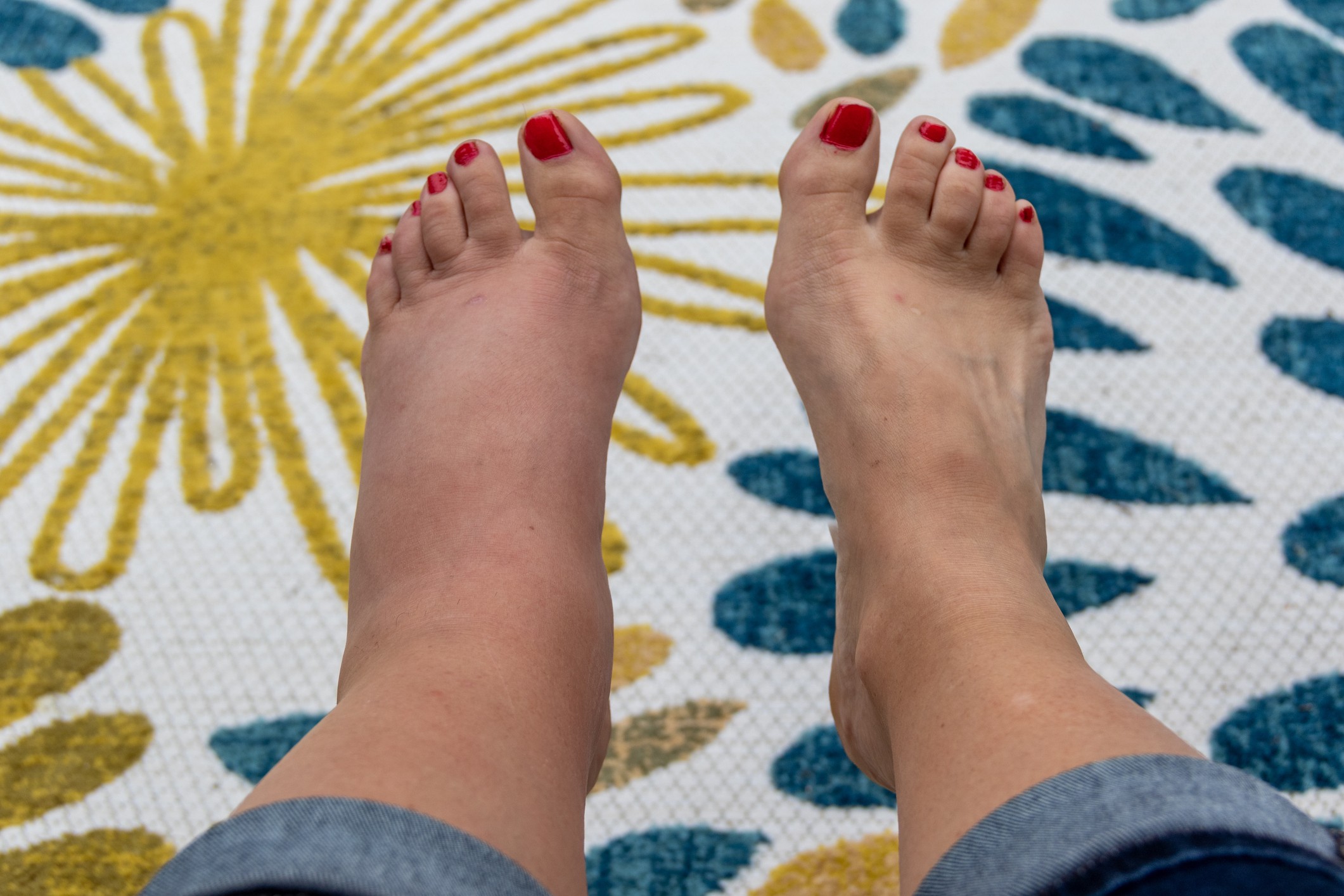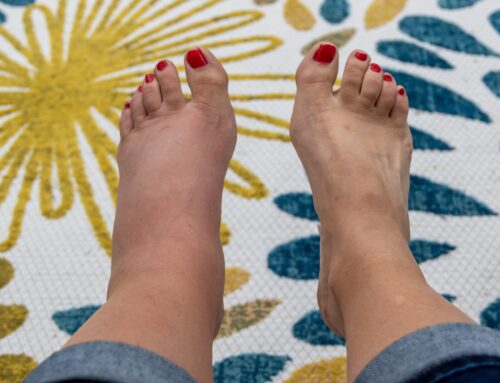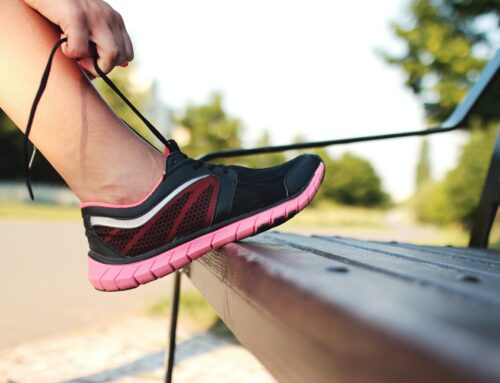Selecting the right compression wear can make a significant difference in your comfort, health, and performance. With an array of options available, the task of choosing knee-high compression socks that meet your specific needs can be daunting.
Whether you’re an athlete looking to boost performance and recovery, a traveller seeking comfort on long journeys, or someone managing medical conditions like varicose veins or edema, understanding how to navigate this choice is crucial.
Knee-High Compression Socks vs. Stockings
Socks, typically extending up to the knee or thigh, are designed to apply graduated pressure primarily to the lower legs. This pressure is most intense at the ankle and gradually decreases towards the top of the sock. They’re widely used for a variety of purposes, from enhancing athletic performance and recovery to providing relief during long periods of sitting or standing. Available in various lengths and compression levels, these socks are versatile and cater to a broad spectrum of users.
On the other hand, compression stockings are often more inclusive, covering the entire leg up to the thigh or waist. They are generally prescribed for medical conditions, offering a higher degree of compression compared to socks. These stockings are instrumental in managing more serious venous disorders, such as deep vein thrombosis, lymphedema, and severe varicose veins. The controlled compression provided by these stockings is critical for therapeutic purposes, ensuring effective management of specific medical conditions.
Knee-High Compression Socks for Athletes
For athletes across various disciplines, knee-high compression socks have become an essential part of their gear, offering significant benefits in both performance and recovery.
High-Intensity Workouts and Competitions
- Enhanced Performance
During rigorous activities, knee-high compression socks can improve blood circulation, which in turn increases oxygen delivery to the muscles. This boost in oxygenation can enhance an athlete’s performance, particularly in endurance sports. - Stability and Support
They offer additional support to the muscles and joints, reducing the risk of sprains and strains. This support is especially beneficial in sports that require quick directional changes and jumps.
Post-Workout Recovery
- Reduced Muscle Soreness
After intense training sessions or competitions, wearing knee-high compression socks can help in reducing muscle soreness and fatigue. The compression aids in the removal of lactic acid, speeding up the recovery process. - Decreased Swelling
Post-exercise, athletes may experience swelling in the legs due to fluid accumulation; knee-high compression socks help in reducing this by promoting better blood flow.
Long-Haul Travel
- Prevention of DVT
Athletes often travel long distances for competitions. During flights, the risk of deep vein thrombosis (DVT) increases due to prolonged immobility. Socks can reduce this risk by aiding in circulation. - Maintaining Leg Health
Long periods of sitting can lead to leg discomfort and swelling. Knee-high compression socks help maintain healthy circulation, keeping the legs fresh and ready for action upon arrival.
Injury Rehabilitation
- Accelerated Healing
For athletes recovering from leg injuries, knee-high compression socks can be a part of the rehabilitation process. They can help in reducing inflammation and improving blood flow to the injured area, thus accelerating the healing process.
For athletes, compression is not just a preventative tool but an enhancement to their training, performance, and recovery. Whether it’s running a marathon, playing a football game, or recovering from a strenuous workout, these socks provide the support and benefits that can make a significant difference in an athlete’s regimen.
Benefits of Compression Stockings for Varicose Veins
Compression stockings help with relief of varicose veins, a common condition characterized by swollen, twisted veins that are often visible just under the surface of the skin. These specialized stockings are particularly beneficial for those suffering from this condition due to their unique design and functionality.
Targeted Compression for Improved Circulation
- Enhanced Venous Return
Compression stockings exert graduated pressure on the legs, which is essential in promoting venous blood flow back towards the heart. This alleviates the pressure build-up in the veins, which is a primary cause of varicose veins. - Reduced Venous Stasis
By improving circulation, these stockings help in reducing venous stasis – the pooling of blood in the veins – which not only causes varicose veins but also contributes to a feeling of heaviness and discomfort in the legs.
Alleviation of Varicose Veins Symptoms
- Relief from Pain and Swelling
Regular use of compression stockings can significantly reduce the pain and swelling associated with varicose veins, providing a sense of relief and comfort to those affected. - Prevention of Progression
While compression stockings cannot cure varicose veins, they play a crucial role in preventing the condition from worsening. They also reduce the risk of developing complications such as venous ulcers or deep vein thrombosis (DVT).
Lifestyle and Aesthetic Benefits
- Enhanced Mobility
By minimizing discomfort, these stockings encourage more movement and activity, essential in managing varicose veins. - Cosmetic Improvement
Consistent use can lead to a reduction in the appearance of varicose veins, providing a cosmetic benefit to those who may be self-conscious about the visibility of their veins.
For individuals grappling with varicose veins, compression stockings offer a practical and effective solution. They not only aid in mitigating the symptoms but also contribute to a healthier venous system, enhancing both physical well-being and quality of life.
Knee-High Compression Socks for Travel
For frequent travellers, long flights and extended road trips can be more than just tiring – they can pose risks to your circulatory health. This is where compression wear, such as knee-high compression socks or stockings, becomes an essential travel companion.
Benefits of Compression Wear for Travel
- Prevention of Deep Vein Thrombosis (DVT)
On long journeys with limited movement, there’s an increased risk of blood clots forming in the legs, known as DVT. Compression wear helps maintain blood circulation, significantly reducing this risk. - Reduced Swelling and Discomfort
Sitting in cramped spaces for extended periods can cause leg swelling and discomfort. Socks or stockings promote blood flow, minimizing swelling and the feeling of heavy legs. - Enhanced Comfort
Good circulation can also help reduce overall fatigue, making long trips more comfortable and helping you arrive at your destination feeling fresher.
Selecting the Right Compression Level for Travel
- Understand Compression Levels
Compression wear comes in various levels, measured in mmHg (millimeters of mercury). For travel, a mild to moderate compression level, typically between 15-30 mmHg, is often recommended. - Consult with a Healthcare Professional
Especially if you have existing health concerns or a history of circulatory problems, it’s advisable to consult a doctor before choosing your compression wear. - Consider Your Comfort
While it’s essential to have effective compression, comfort is also key, especially during long trips. Try different levels to find a balance between comfort and support. - Fit is Key
Ensure that the socks or stockings fit well. They should be snug but not uncomfortably tight, with even pressure distribution from the ankle upwards.
Material Matters: Look for breathable materials that wick away moisture, as comfort is crucial during long periods of wear.
Incorporating compression wear into your travel gear can make your journey more pleasant and safer. By choosing the right type and level of compression, you can protect your legs from the risks associated with prolonged sitting, making your travel experience more enjoyable and comfortable.
Tips for Choosing Compression Socks and Stockings
Choosing the right compression wear involves more than just picking a size or colour. It’s about finding the perfect balance between medical efficacy, comfort, and fit. Below are some tips to guide in selecting the most suitable knee-high compression socks for your needs.
Determining the Right Type and Compression Level
- Assess Your Needs: The choice between socks and stockings depends on your specific condition or purpose. For lower leg issues like calf strains or shin splints, socks might suffice, while stockings are better suited for conditions affecting the entire leg.
- Understand Compression Levels: Compression wear comes in various levels, measured in mmHg (millimeters of mercury). Lower levels (15-20 mmHg) are great for everyday wear or mild swelling, while higher levels (20-30 mmHg or above) are typically used for specific medical conditions.
- Consult Healthcare Providers: Especially for medical conditions, it’s essential to consult with a healthcare provider like Care-Med to determine the appropriate compression level.
Choosing the Right Size and Fit
- Get Measured Properly: Accurate measurements of your legs are crucial. Measurements should be taken first thing in the morning to avoid swelling that can occur throughout the day.
- Try Different Brands: Sizes can vary between brands. It’s worth trying different ones to find the best fit for you.
- Check the Fit: Properly fitted compression wear should feel snug but not painfully tight. It should apply even pressure without bunching or slipping.
Considering Material and Comfort
- Material Matters: Look for breathable, moisture-wicking fabrics to keep your skin dry and comfortable, especially if you’ll be wearing the compression wear for extended periods.
- Allergy Check: If you have sensitive skin or allergies, check the material composition to avoid irritation.
- Wearing Comfort: Consider features like padded soles in socks or flexible waistbands in stockings for added comfort.
Balancing Function and Aesthetics
- Aesthetic Preferences: Compression wear comes in various styles and colours. Choose one that you’ll feel good wearing, as this can encourage regular use.
- Daily Activity Consideration: Think about your daily activities. For instance, if you’re active throughout the day, look for durable, easy-to-clean materials.
Deciding between Knee-High Compression Socks or Stockings
Understanding how to choose the right knee-high compression socks or stockings is crucial for achieving the best results. Whether it’s for athletic performance, travel comfort, medical conditions, or daily wellness, the right compression wear can make a significant difference.
Remember, the key lies in selecting the appropriate type and compression level for your specific needs. It’s not just about the condition you’re addressing but also about your daily activities and personal comfort. Accurate sizing is paramount to ensure effectiveness and comfort, and the material of the compression wear should align with your lifestyle and skin sensitivity.
At Care-Med, we understand the intricacies involved in selecting the perfect compression wear. For personalized advice and fitting, our specialists are here to guide you. Ensure your comfort and health are in good hands by choosing the right compression wear with us.
Share This Story, Choose Your Platform!
Table of Contents
- Knee-High Compression Socks vs. Stockings
- Knee-High Compression Socks vs. Stockings
- Knee-High Compression Socks for Athletes
- Benefits of Compression Stockings for Varicose Veins
- Knee-High Compression Socks for Travel
- Tips for Choosing Compression Socks and Stockings
- Deciding between Knee-High Compression Socks or Stockings
We specialize in orthotics, body braces, and compression wear tailored to your unique needs in Toronto. Reach out to us at info@caremed.care or call 416-782-5353 to book your fitting and consultation.
Experience the difference of customized solutions designed just for you.











